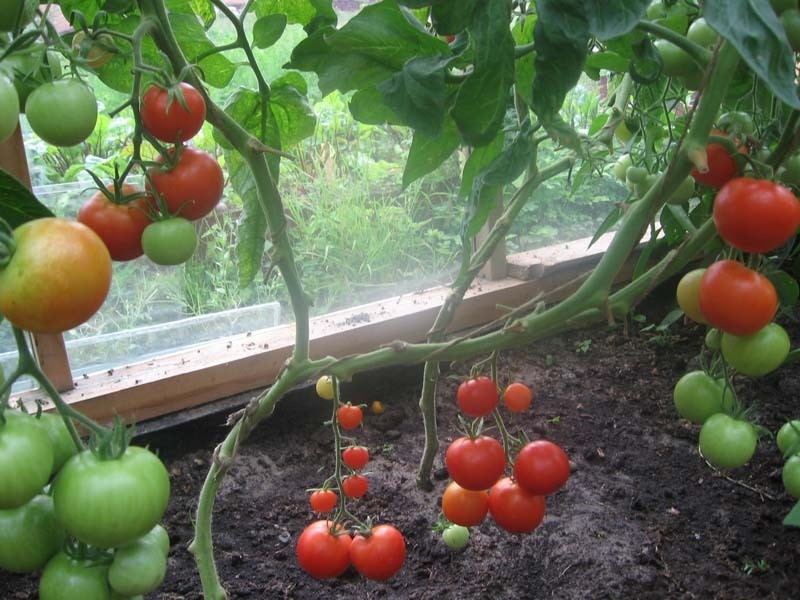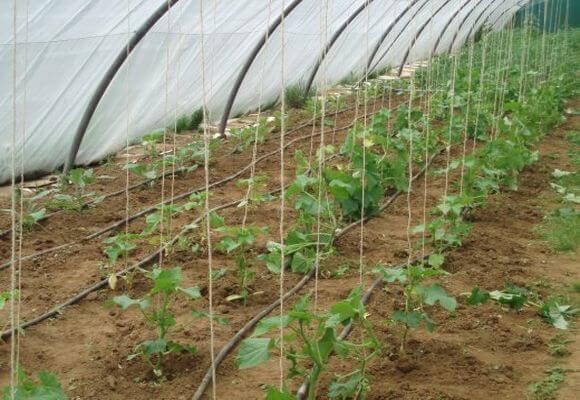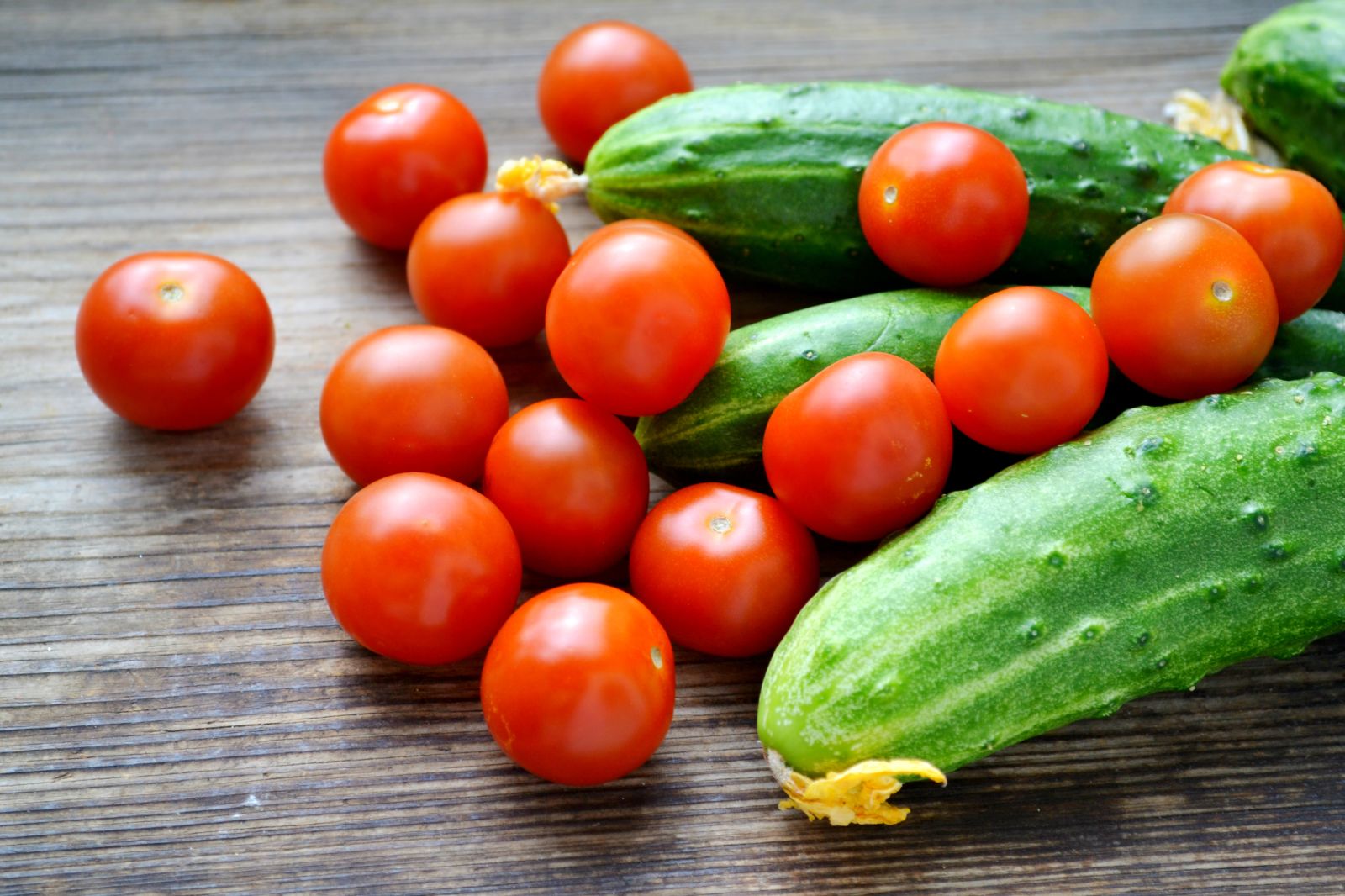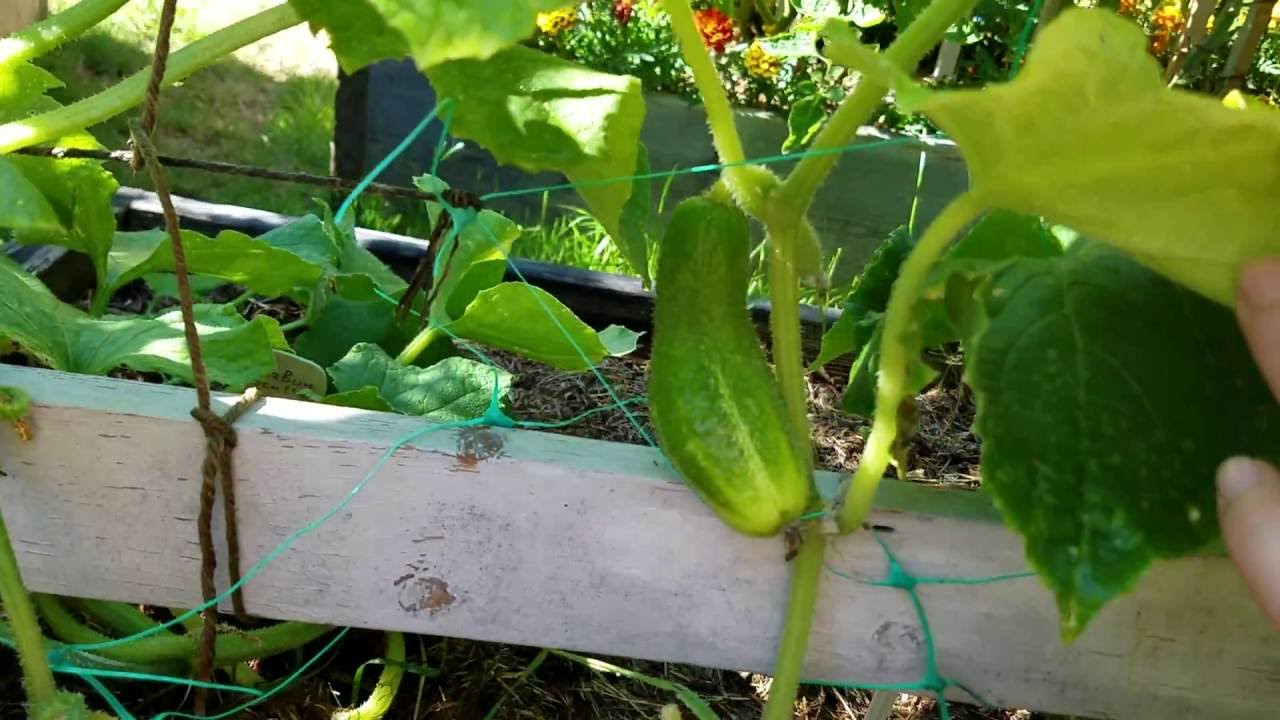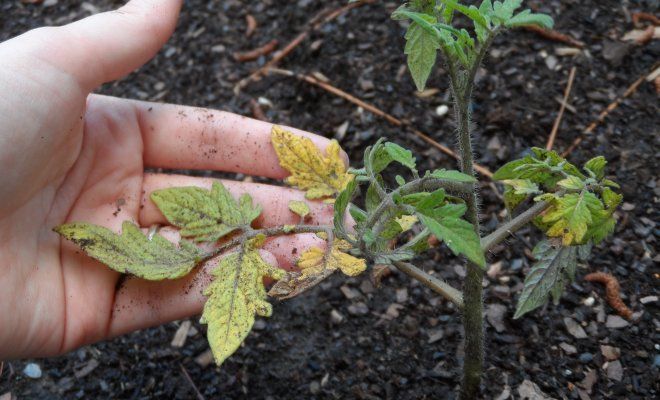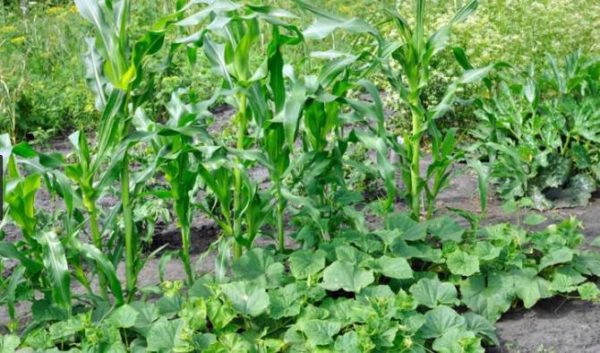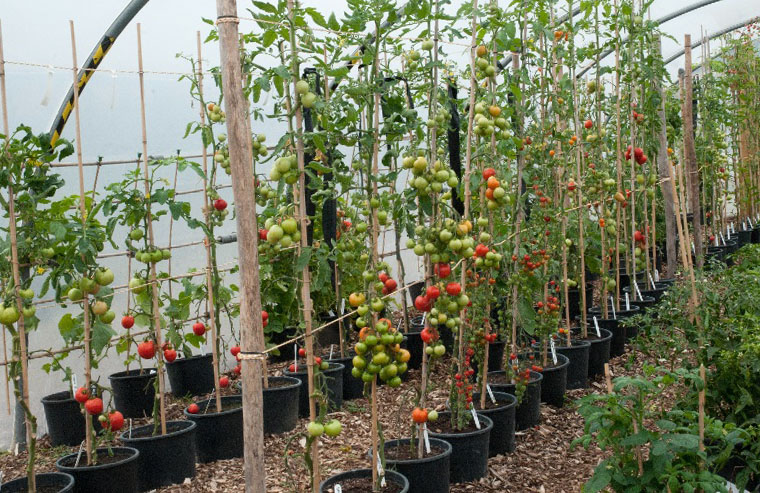Content:
Many gardeners still find it difficult to imagine how cucumbers and tomatoes can get along in the same greenhouse. However, nothing is impossible, especially when there is only one greenhouse on the site, and you want to feast on both those and other vegetables. There are certain rules of agricultural technology, observing which you can satisfy your needs and grow a good harvest of two crops next to each other.
General information
Any plant is endowed with its own genetic code, which determines its characteristics, growing conditions and care requirements. Breeders, working with this code, were able to improve not only the external, but also the taste characteristics of tomatoes and cucumbers. But the requirements for the environment in this way can be changed very rarely. Although certain species adapt to climatic and weather conditions by mutation.
The homeland of the cucumber is India with its humid air. There, this plant is still found in the wild. In Russia, the first mention of it can be found in the 16th century. Presumably it was brought here from East Asia. Now for the cultivation of this crop, not only open ground is used, but also a greenhouse.
The tomato was first discovered in the southern part of America, and was brought to Europe not as an edible fruit, but as an ornamental plant. At home, tomatoes grew in dry and well-ventilated places, on the slopes of the mountains. It rarely rains there, but abundantly. The climate is moderate, the temperature during the day ranges from 20 to 25 ° C. Until 1811, tomato fruits were considered poisonous in Germany, but after the publication that they can be eaten, the attitude towards the plant changed dramatically. In Russia, this crop began to be grown for the purpose of obtaining a bountiful harvest only at the beginning of the 19th century.
Planting cucumbers and tomatoes together in your own greenhouse is now quite common. Previously, it was difficult to imagine how two completely different crops could be planted next to each other, requiring different growing conditions. True, there are certain nuances.
Features of growing two crops in a greenhouse
In greenhouses, for the manufacture of which polycarbonate is most often used, in the summer the plants receive the same care, grow in the same microclimate. If you try, then you will not be left without a harvest, only now it is called abundant with difficulty. The reason for such failures lies in the same genetics and growing conditions. Say what you like, but tomatoes and cucumbers get along in one greenhouse with great difficulty.
Features of growing cucumbers
The cultivation of cucumbers gives the best results in heat and high humidity, which sometimes reaches 95-100%. The plant does not tolerate a draft, but at the same time loves bathing events.They consist in the fact that water warmed up to room temperature is poured under the bushes, then they spray the leaves with it and thoroughly water all the paths, as well as the walls in the greenhouse. After that, the front door is tightly closed and this mode is maintained for about 1.5 hours. Next, the door is opened and the room is ventilated.
Features of growing tomatoes
It is preferable to grow tomatoes in completely different conditions. They do not tolerate high humidity, its optimal level for this culture is 40-60%. Also, the plant loves frequent airing. Watering is carried out only a couple of times a week. If the humidity is very high, then the pollen of the tomatoes will stick together, as a result of which no ovaries form. Also, such unfavorable conditions are fraught with the development of fungal diseases. Fruits can crack, taste is significantly impaired.
Cucumber and tomato compatibility
When grown in one greenhouse without creating certain conditions, both crops lose. The ideal option would be to simply fence off a part of the territory and create the desired greenhouse microclimate in each part. The partition can be made of plywood, slate, polyethylene curtains. It is better to divide the area useful for landings equally. It is recommended to plant cucumbers in the far compartment in order to protect them as much as possible from drafts and ensure high humidity. It will be good to plant tomatoes near the doors so that the humidity does not rise, and the room is well ventilated. The door can generally be left open if the weather outside permits.
It is also important to choose the right variety of tomato and cucumber. To get a joint harvest, it is better to give preference to hybrids with high disease resistance and suitable for cultivation in adverse conditions. The optimal landing pattern is chosen, depending on the area and parameters of the structure itself.
How to equip a greenhouse
To ensure the maximum compatibility of cucumbers and tomatoes in one greenhouse, as well as to organize proper care for them, it is worth digging a kind of barrier into the ground that will prevent water from flowing from one compartment to another. As you know, the tomato responds gratefully to fertilizing and fertilizing. This is especially true for tall varieties. After installing the soil barrier, you can feed the tomatoes using a mullein or a complex mineral fertilizer.
In the greenhouse, supports must be installed to which you can tie a cucumber and tomato stem. Trellises and other installations are also built for these purposes, but the essence of this does not change. If the cucumber bush does not require additional shaping, then the tomatoes, as a rule, all need to be pinned and bush formed. In greenhouse conditions, it is recommended to form a bush into one trunk. All lower leaves must be removed so that ventilation processes go well and there is no risk of fungal development. Even a small or medium-sized bush should have minimal foliage. You should not plant plants close to each other; the planting scheme should be selected in accordance with the variety and its dimensions.
Soil processing and preparation
After the seedlings have been planted, the cucumbers are provided with increased humidity, pampered with water procedures and frequent watering. These plants cannot be overfed, otherwise all their strength will go to growing tops, and the fruits will not form. Fertilizers containing large amounts of nitrogen are especially dangerous for them. During the period of ovary formation, tomatoes are useful for feeding from phosphorus and potassium.Before planting the plants in the greenhouse, you can spread a little humus and complex fertilizer into the holes.
The problem with possible waterlogging can be partially solved by using a hydrogel. When watering, it absorbs water, and then gives it to the roots as needed. When using this technology, there is no significant increase in humidity in the greenhouse, the comfortable conditions for the tomato are not disturbed, and the cucumbers receive the required amount of moisture. The hydrogel has the ability to accumulate not only moisture, but also fertilizers and nutrients.
It is advisable to use mulch in the greenhouse. It will help keep moisture in the roots of plants and prevent it from evaporating much. When the lower layer decomposes, not only the warmth that cucumbers love, but also organic nutrients are released. Harvested hay or weeds are used as mulch.
Diseases and pests in the greenhouse
If it was finally decided to combine cucumbers and tomatoes in one greenhouse, then it is imperative to know what pests and diseases should be feared and how to resist them in this situation. For some reason, everyone believes that plants in a greenhouse are less susceptible to negative factors than in open ground. However, most viruses and pests find a way to sneak into hiding and feast on the harvest. Trouble can be caused by:
- common spider mite;
- rootworm nematode;
- whitefly;
- onion (or tobacco) thrips;
- melon aphid;
- greenhouse aphid;
- brown spot of tomato leaves;
- mosaic of tomatoes;
- white rot of cucumbers;
- slugs.
In order not to have to be upset and regret mistakes, it is necessary to think over all the steps in advance and carry out the necessary prevention. The garden bed should be planted with exceptionally healthy plants, without any signs of disease. For this purpose, the seed is carefully selected, and before sowing it must be disinfected. All the rules of crop rotation are observed, if necessary, replace the soil in the greenhouse, treat it with antifungal agents. They try to sow cucumbers as early as possible.
In order to identify foci of the spread of diseases or insect pests, the planting is regularly examined and the affected parts of the plants are removed. The temperature and air in the greenhouse must be kept at an optimal level. The room is regularly ventilated. Weeds in and around the greenhouse are removed immediately. If necessary, cucumbers and tomatoes are sprayed with karbofos solution, colloidal sulfur, Bordeaux mixture. The remains of vegetation must be thrown away immediately and not allowed to rot. After harvesting, all plant residues are removed, and the greenhouse is subject to mandatory disinfection.
Each plant has its own characteristics of cultivation, requirements for care and agricultural technology. However, sometimes gardeners decide on desperate experiments and try, as they say, to combine the incompatible. Sometimes such experiments bring positive results and delight experimenters with a harvest. This also applies to the cultivation of cucumbers and tomatoes in the same greenhouse. If there is nowhere to go, there is no second greenhouse, but you really want to grow both cucumbers and tomatoes, then you can go on an adventure and settle two crops with absolutely opposite requirements for growing in the same room. True, in order to achieve a good harvest and not experience disappointment, you will have to try hard: create the most comfortable conditions for both crops and provide them with proper care.

